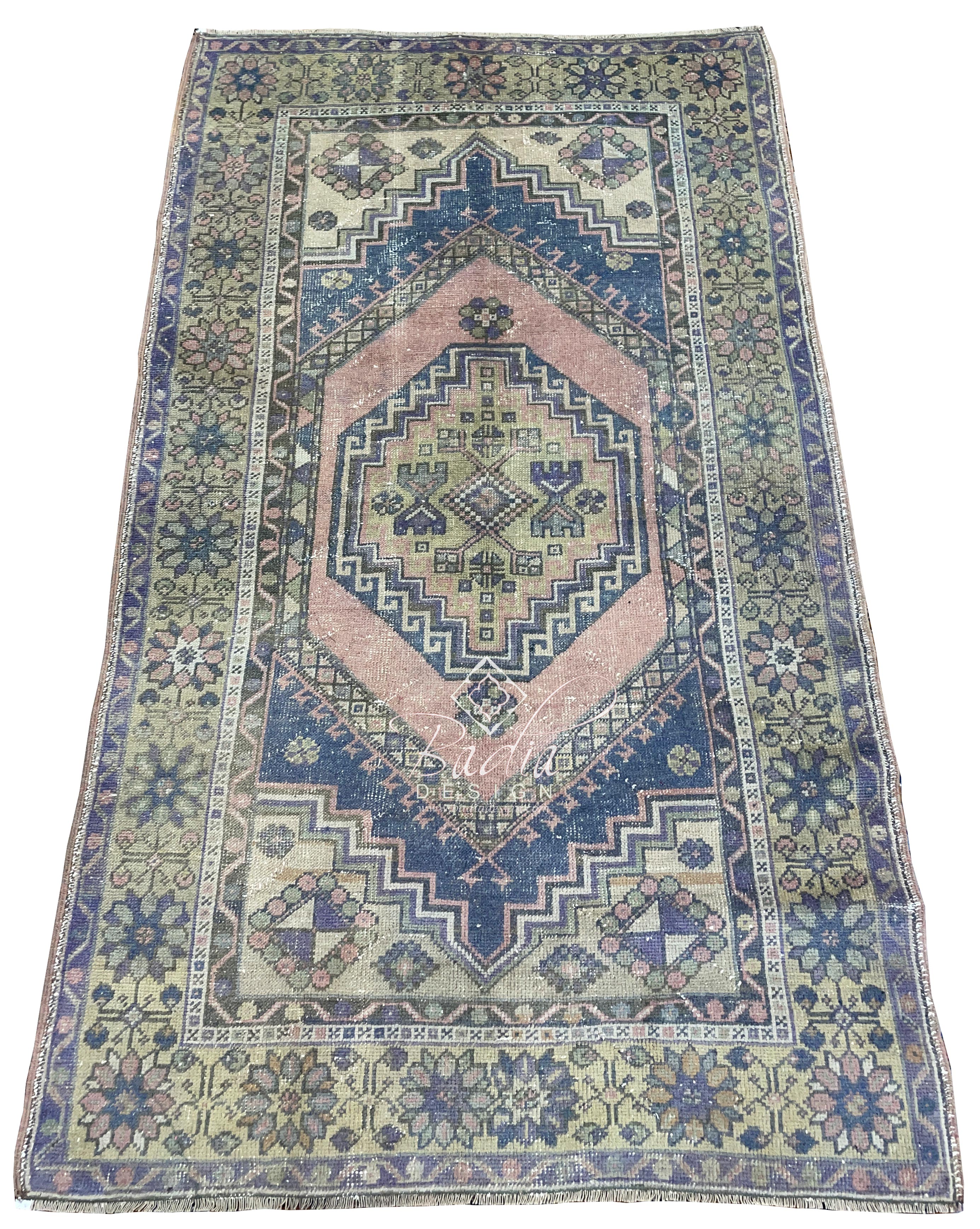Handmade Moroccan Berber Rugs
Handmade Moroccan Berber Rugs
Blog Article
Moroccan Berber Rugs: A Heritage of Craftsmanship, Culture, and Style
These rugs have enchanted people across the globe with their historical significance, remarkable artistry, and versatile aesthetics. These rugs can enhance any space, from a welcoming lounge to an elegant hotel suite. In this article, we’ll explore the fascinating history of Moroccan Berber rugs, the meticulous craftsmanship behind their creation, their exceptional longevity, and creative ways to incorporate them into today’s interiors.
The origins of Moroccan Berber rugs can be traced back millennia to the indigenous communities of North Africa. The Berbers, with their deeply rooted traditions, crafted unique weaving methods as a practical response of their migratory way of life and varied environmental conditions.
Each Berber rug tells a story, often woven into the fabric unique to the tribe or family that created it. Motifs often symbolize themes like protection, nature, or fertility, giving each rug cultural significance. Originally, these rugs were crafted for utilitarian purposes, such as providing warmth during harsh winters in the Atlas Mountains or acting as soft bedding in arid desert regions.
During the 20th century, these rugs were popularized by architects such as Le Corbusier and Frank Lloyd Wright, who used them in renowned works. Now, these rugs are highly sought after for their elegance and rich tradition.
The production of Moroccan Berber rugs is an elaborate art form passed on through generations. It represents a perfect blend of cultural heritage and meticulous technique.
Berber rugs are typically crafted from natural materials such as pure wool, camel hair, or even cotton. Wool is especially prized for its soft texture, resilience, and insulating properties. The wool is usually spun by hand, resulting in a one-of-a-kind finish.
Weaving these rugs is an elaborate process, requiring weeks or months on traditional looms. The knots—whether Beni Ourain’s loose and shaggy texture or the tighter weave of Azilal rugs—shape its beauty and resilience.
Natural dyes derived from organic sources are used to create the vibrant colors found in many Berber rugs. Neutral shades dominate Beni Ourain designs, while brighter Azilal and Boucherouite pieces feature striking colors like red, blue, and yellow.
One of the most celebrated features of Moroccan Berber rugs is their exceptional durability. As a result, they’re an excellent fit for homes and offices.
The use of high-quality natural fibers ensures that Berber rugs hold up over years of use. Wool’s elasticity and stain resistance contribute to their durability.
Taking care of these rugs is straightforward. Routine vacuuming and periodic professional care can preserve their beauty for decades.
How to Decorate with Moroccan Berber Rugs
Adding Moroccan Berber rugs to modern spaces is simpler than it seems. These rugs' adaptability allows them to suit various aesthetics, including minimalist and bohemian styles.
1. Create a Focal Point in the Living Room
Use a large Beni Ourain rug as the centerpiece of your living room. The rug’s muted tones and clean lines bring cohesion to the space and exude coziness.
2. Introduce Vibrancy to Minimalist Rooms
If your space leans toward a monochromatic or minimalist aesthetic, a vibrant Azilal or Boucherouite rug can introduce a pop of color and visual interest. These rugs work particularly well in neutral-toned rooms, where they serve as a focal point.
3. Layer Rugs for Texture
For a cozy, eclectic vibe, layer a smaller Berber rug over a larger natural-fiber rug, such as jute or sisal. This combination not only adds depth and texture but also highlights the intricate details of the Berber design.
4. Elevate the Look of Offices and Workspaces
Businesses can use Moroccan Berber rugs to create an inviting and sophisticated ambiance in office spaces, lounges, or reception areas. Their handmade quality conveys a sense of luxury and authenticity.
5. Use as Wall Art
Certain Moroccan Berber rugs are so beautiful that they function wonderfully as wall art. Displaying a Berber rug on a wall highlights its intricate design and cultural significance.
Why Moroccan Berber Rugs Are a Wise Investment
Moroccan Berber rugs combine functionality, beauty, and cultural depth, click here making them a valuable choice for homes and businesses alike. These rugs are built to last, and their classic designs remain relevant despite evolving decor trends.
Sustainability in Moroccan Berber Rugs
Berber rugs are often made with environmentally responsible and sustainable techniques. By investing in these rugs, you’re not only enhancing your space but also supporting traditional artisans and their communities.
The Appreciating Worth of Moroccan Berber Rugs
Vintage or unique Moroccan Berber rugs tend to grow in worth over the years. They are both functional decor and collectible assets.
 Report this page
Report this page